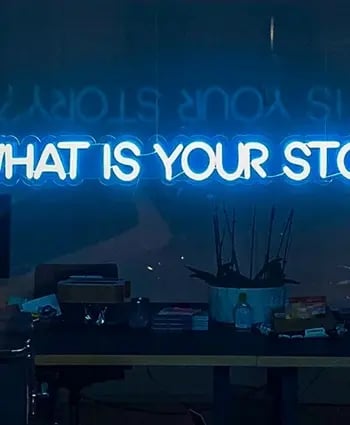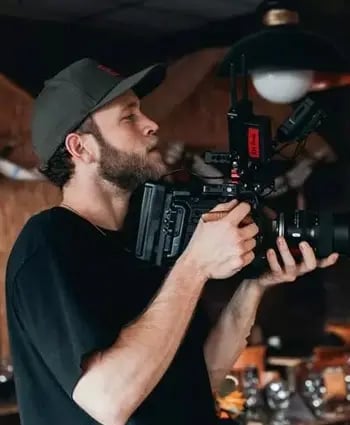Mastering Transitions and Pacing: The Unsung Heroes of Video Production
Discover how top video production companies use transitions and pacing to craft gripping narratives, engaging viewers throughout.
Ever wondered why some videos grip you from the first frame, while others... well, they just don't? The secret often lies not just in the content but in the craftsmanship: the pacing and those smooth transitions.
Let’s delve behind the scenes and unearth the artistry of effective video storytelling.
1. The Heartbeat of Your Video: Pacing
Pacing is akin to the rhythm in music. Too fast, and your audience can't keep up. Too slow, and they drift away. Striking the right balance is an art.
Quick Tips for Perfect Pacing:
-
Variety is Key: Like any good story, a video should have a beginning, middle, and end. That means a mix of fast-paced, high-energy segments and slower, more contemplative ones.
-
Match the Mood: Pacing should reflect the video's emotion. An upbeat product launch? Keep it brisk. A brand documentary? Perhaps a slower, more evocative pace suits better.
-
Respect the Audience’s Time: In the world of marketing, brevity often wins. Aim to be engaging but concise.
2. Seamless Storytelling: Transitions
Transitions are the bridges between your video's scenes. Done right, they're almost invisible; the viewer is swept along by the narrative. Done poorly, and they’re jarring hiccups in the viewing experience.
Transition Techniques to Elevate Your Video:
-
Cut on Motion: If someone's turning their head or there’s movement in the scene, cutting mid-action can make transitions feel natural and fluid.
-
Match Cuts: Pair similar visuals from two scenes for a seamless switch. Imagine transitioning from a spinning globe to a basketball – it's visual poetry!
-
Sound Bridges: Using consistent sound or music across scenes can stitch them together, making the transition smooth.
-
Use Tools Sparingly: Fancy wipes and digital effects can be fun, but they can also be distracting. A professional video production company often leans on simple, clean cuts because they work without drawing attention to themselves.
3. Using Transitions to Control Pacing
Here’s where the magic happens. By artfully combining pacing and transitions, you can guide (and even manipulate) how your audience feels.
-
Rapid Cuts for Energy: Think music videos or high-adrenaline ads. Quick transitions can make the video feel dynamic and energetic.
-
Longer Scenes for Depth: If you’re exploring a topic in depth or aiming for an emotional impact, let scenes breathe. Slower transitions, like fades, can set this mood.
4. Peek Inside a Video Production Company's Services
Wonder how the pros do it? Here's a snapshot:
-
Storyboarding: Every great video starts with a plan. Mapping out scenes and transitions in advance ensures a cohesive end product.
-
Feedback Loops: After the initial edits, teams review and adjust. This iterative process ensures pacing and transitions serve the narrative.
-
Staying Updated: The world of video production is ever-evolving. Regular training and exposure to the latest techniques keep the pros ahead of the curve.
Final Thoughts: Making Every Second Count
Transitions and pacing are the unsung heroes of video production. They're the secret sauce that, when used judiciously, can transform a good video into a cinematic masterpiece. For marketers, understanding these intricacies can make your briefs sharper and collaboration with a video production company even more rewarding.
So, next time you're watching a captivating advert or a gripping promotional video, spare a thought for the subtle art of transitions and pacing. They're often doing the heavy lifting behind the scenes, crafting an experience that doesn’t just inform, but captivates.

Written by Emily Malone Marketing Manager for Venture — a full-service video production agency that specialises in producing creative videos & campaigns that get real results.














